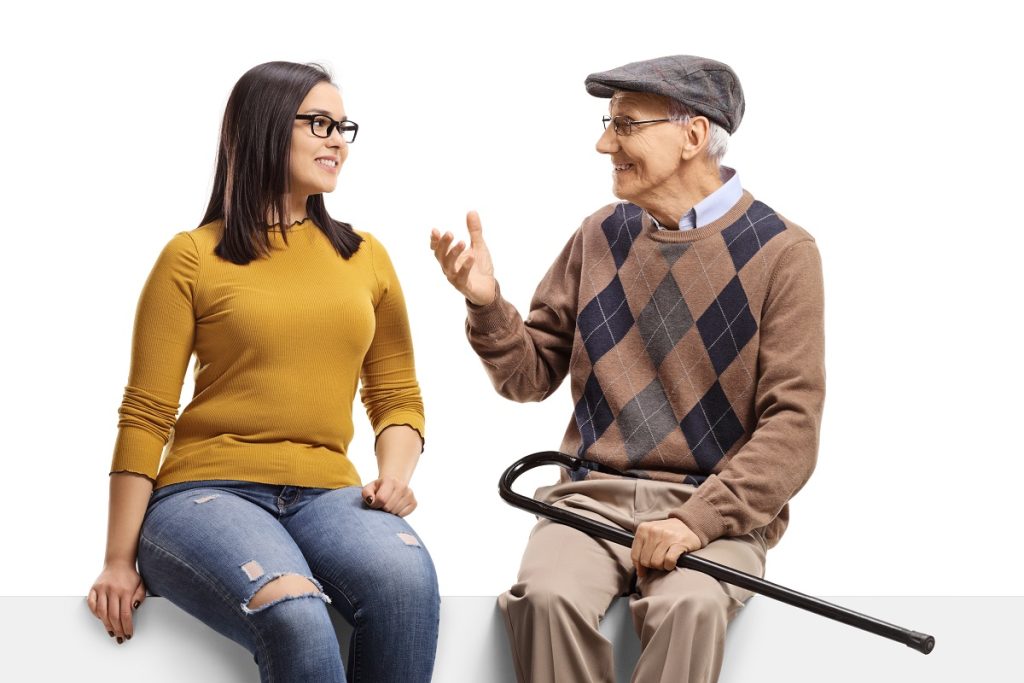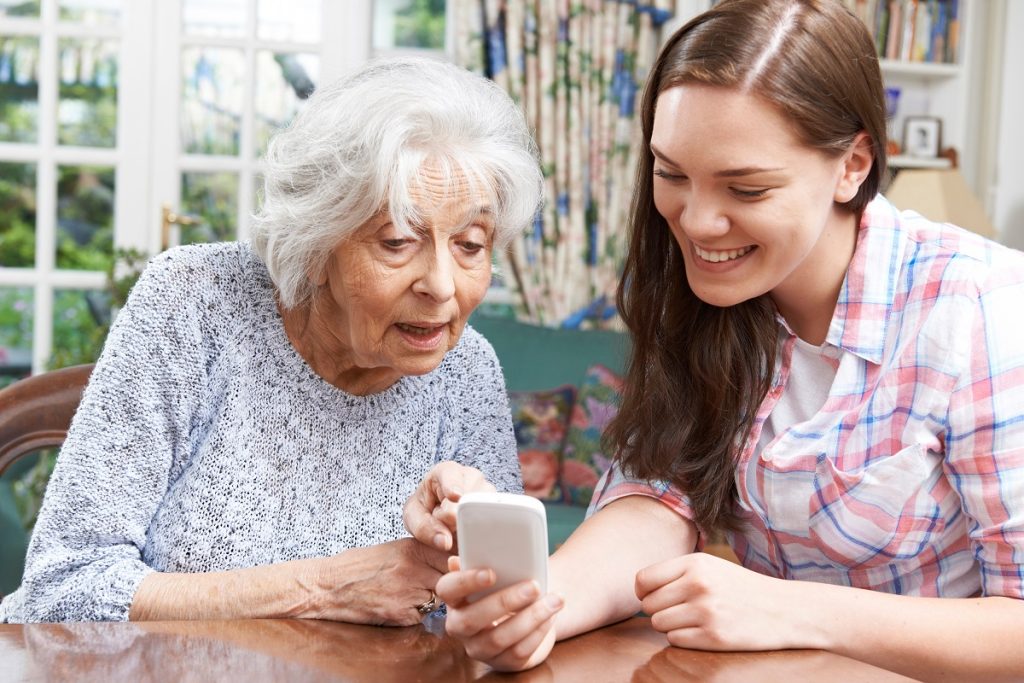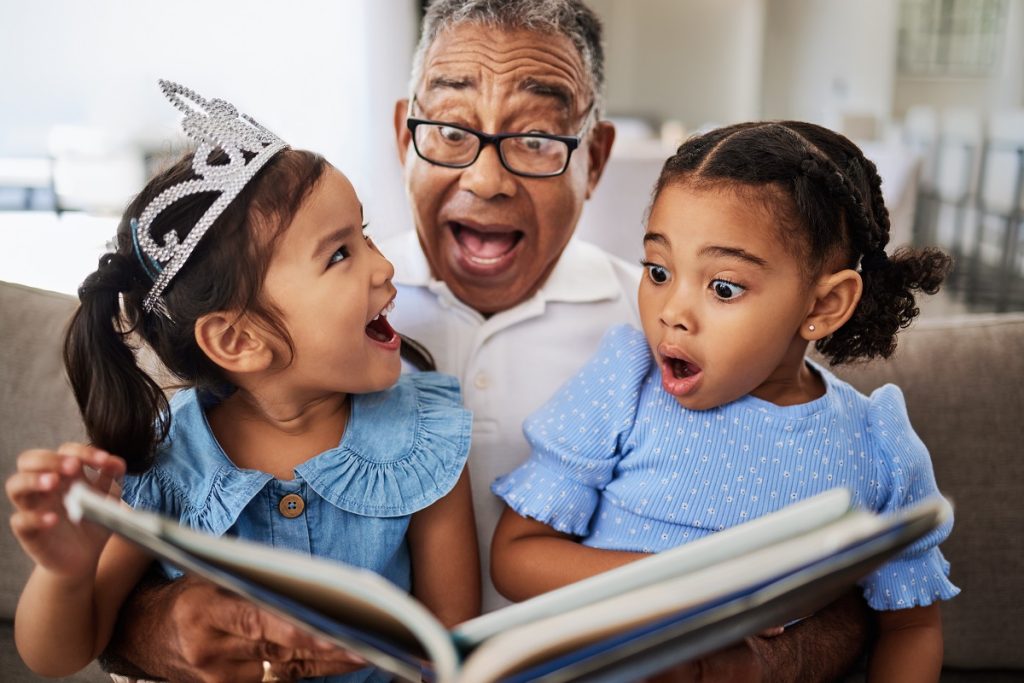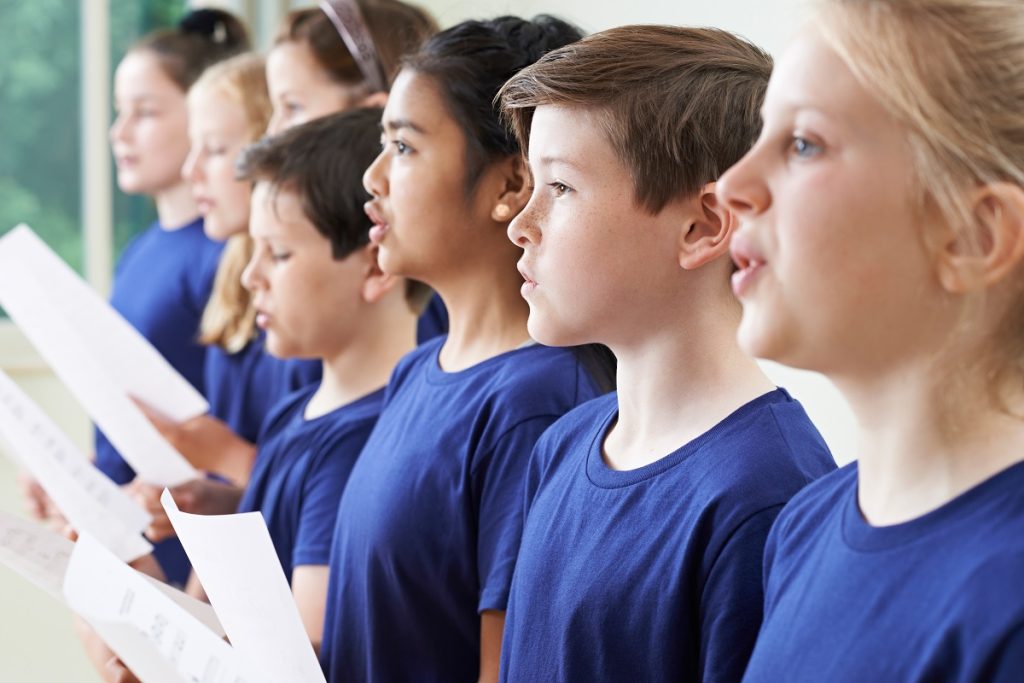Intergenerational activities are pastimes that older and younger generations can engage in together. Those involved may work on projects or enjoy an activity together for a common purpose. The result of the interactions is socialization, increased understanding and respect, and new attitudes about age.
Understanding that the research supports creating and maintaining intergenerational relationships is one thing. Working diligently to see people of different generations unite, share life experiences, and engage in fun activities together is another. The young and the old live in different worlds where they do not spontaneously interact.
Families and communities who are diligent about ensuring that intergenerational connections are facilitated and fostered see improvement in the lives of senior citizens and younger age groups.
What Is An Intergenerational Activity?
An intergenerational activity occurs when multiple generations come together for a common pursuit. Intergenerational interactions can be informal, such as grandparents coming over to play cards or boardgames with their children or grandchildren, or more formalized, such as when women from 40 to 80 participate in a book club or scrapbook class.
In churches, teens often work with young kids, young marrieds may instruct teens on dating, while the older “mothers of the church” teach young and middle-aged women about how to persevere in marriage and motherhood.
Bringing people of all ages together to enjoy something is rewarding and empowers the participants with a sense of purpose. This is true of everyone from the elderly to young children.
Why Are Intergenerational Activities Important?
Intergenerational activities are important for many reasons.
Improved Communication:
Sometimes families lose track of one another as young people and older adults focus on their own busy lives. Focusing on talking and doing things with each other can fix those communication gaps.
Relationship Building:
Building relationships is a worthy goal whether you are pulling family members or complete strangers closer. Sometimes. all a person, old or young, needs to make it through the day is somebody nearby who cares about them and values what they have to say.

Self-Esteem Raising:
Older generations often feel like they are not valued or contributing to the household or society. Engaging older people in activities raises their self-esteem, while younger age groups learn the value of reaching out to others.
Learning New Skills:
The younger generations often have skills that older folks lack. Younger people can teach older adults about technology. Likewise, there are skills that the seniors have to pass on. Play on each other’s strengths. Mentoring one another through new skills is a win-win for everyone involved.

Quality of Life:
Whether the older person is in assisted living, a nursing home, a senior living facility, or their own house, spending time engaging with others improves their overall physical and mental well-being.
What Are The Benefits Of Intergenerational Activities For Each Age Group?
Each age group benefits from intergenerational activities. For example, grandkids will learn a lot from their grandparents if they are open to participating. They can learn to do things their elders are pros at, like knitting, cooking, fishing, or taking apart an engine. High school-age people can perhaps turn to the older adults in their lives for assistance in anything from career planning to planning group activities.
Parents and adult children can find new common ground when they talk about the past and present, both from the perspective of maturity. Adult children or caregivers will gain when the relationships strengthen. Being an active participant in your elderly parent’s life is fulfilling and allows you to take part in important decisions.
Older adults who volunteer with younger children a few days each week burn more calories than their more sedentary counterparts. They also report feeling a sense of purpose in their life.
What Is The Outcome Of Intergenerational Activities?
The outcome of intergenerational activities varies. Sometimes, like when teens volunteer at a senior center, the result might be to have fun, engage in community service and meet some people.
At its most fundamental, the outcome is to enjoy yourself. This is true for all parties involved. You can also build friendships and other relationships, learn from one another, etc.
On a much deeper level, parties involved in intergenerational learning and activities can help fill deficits that exist for one or more of the parties. Having a support system to lean on can truly be a game-changer for those who are seeking out additional resources.
For example, when seniors help with reading programs in schools, they help kids learn while making them feel special. If the kids come from homes where the adults don’t read much, they may gain a new role model.

How Do You Promote Intergenerational Activities?
How to promote intergenerational activities varies depending on what you are planning and who your target audience is. Before deciding how to get people involved, you must develop intergenerational activity ideas and specific goals. Are you trying to get young people to come and participate? If so, social media might be the right venue for attracting volunteers and participants.
Do you run a care facility and hope to get family members to come to an activity? Sending out an email or text blast to family members could bring the right people in the doors.
Do you want older volunteers to help young adults do their taxes, read to kindergarteners, or sew costumes? Advertise in senior centers, churches, and assisted living facilities.
Once you figure out who you are trying to reach, you will have better success getting participants. Don’t discount sources such as youth groups, church groups, school organizations, etc., as great resources to tap into when seeking help.
How Can You Participate In Intergenerational Activities If You Have No Aged Relatives?
Even if you have no relatives near you, you can relate to other generations. Most nursing homes, assisted care facilities, senior centers, etc., are always looking for help. Just pick up the phone and ask how you can assist. Better yet, come up with a plan and then call to implement it.
Do you love to paint? Reach out to a local senior center and offer to go in and teach your craft. Enlist some friends to help you run the class to ensure everyone gets the help they need. This is just one example.
Do you have a group of kids who love to sing? Nursing homes are happy to host church or school groups to fill an hour on a boring day.

What Is The Difference Between Intergenerational Activities And Intergenerational Programs?
The difference between intergenerational activities and programs lies in goals and frequency.
Intergenerational programs are systemic organizations that exist for a specific purpose. They have overarching goals and a specific approach to how they achieve their intergenerational projects. These typically take place over a period of time. Big Brothers/Big Sisters and Foster Grandparents are examples of ongoing intergenerational mentoring programs.
Activities, on the other hand, can be one-time or periodic events. They also could be things that a small group puts together to provide an engaging experience for those who participate but are not necessarily formalized events with recruiting tools. For example, the young, middle-aged, and elderly come out to plant, weed, or harvest a community garden a few times a season.
What Are Examples Of An Intergenerational Program?
- Link Generations is a program that teaches teenagers how to relate to and work with elderly people. They are then paired up.
- Jump Start started when some college kids wondered what kind of difference could be made if they paired preschoolers from underserved communities with adults to help them enter kindergarten prepared.
- A Little Help began in one community where people were dedicated to ensuring that older adults received the help they needed to remain in their homes as long as they could, with assistance.
- AARP Experience Corps is a community-based tutoring program that puts people over 50 with students who need learning assistance.

